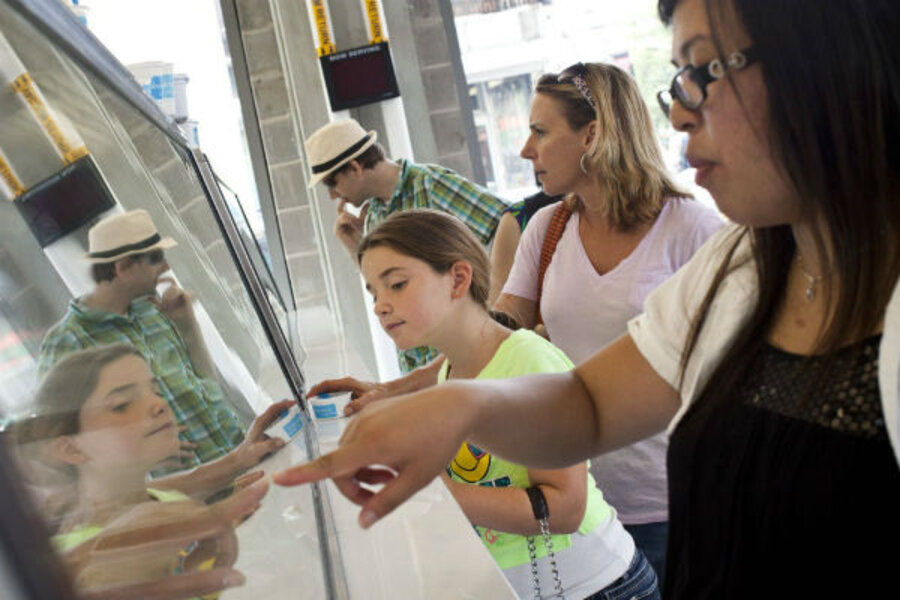Mission happiness: Go on a mission, find happiness in the journey
Loading...
Writer Jean Stafford scoffed, “Happy people don’t need to have fun.”
But in fact, studies show that the absence of feeling bad isn’t enough to make you feel good; you must strive to find sources of feeling good. Research shows that regularly having fun is a key factor in having a happy life; people who have fun are twenty times more likely to feel happy.
Recently, I noticed a pattern among activities that people find fun: Go on a mission. There’s something about having a playful purpose, of trying to achieve something, that makes an activity more fun.
For example, a friend told me that she loved visiting flea markets and antique stores to look for old globes – not fancy ones, cheap ones. She has a rule that she’ll never pay more than $20. She’s the kind of person who loves poking around in those kinds of shops in any case, but having a mission makes it more fun, less aimless.
For that matter, having a collection of any sort is a very popular way to have a mission. My younger daughter is thrilled every time she finds a piece of sea glass, and looking for sea glass makes the beach more fun for her. My mother enjoys a perpetual hunt for truly outstanding Santa Claus tree ornaments.
It’s also possible to collect experiences, like my friend who wants to attend a game in every Major League Baseball stadium. You might want to run in as many marathons as possible, or try every flavor at your favorite ice cream store. I’ve noticed that I enjoy a walk more when I have some sort of mission – mailing a letter, buying a cup of coffee, doing a quick errand. I often walk in Central Park, and by making it my mission to see Bethesda Fountain (one of my favorite sights in all of New York City), the whole walk seems more purposeful.
In fact, much of the fun of a physical collection is the experience of searching and acquiring — not just the ownership of the collection itself. That’s why it’s not much fun to be given or to buy a collection.
Taking photos is a common way to incorporate a mission into traveling. Not only does this help keep memories vivid, it also makes you more attuned to your environment while traveling. (Although for some people, taking photos can become a barrier to experience; they get so focused on getting the photos that they don’t enjoy the reality.) For example, during one visit to New Haven, Conn., I had a lot more fun wandering around once I set myself the mission of taking tourist photos of my own romance.
Some people have a mission to take photos during everyday life: taking a photo of people’s bare feet whenever they get the chance, taking a photo of every red barn they see. Artist Nicholas Nixon did a series called The Brown Sisters, a series of black-and-white photos of his wife and her three sisters taken every year from 1975-2006. It’s absolutely riveting.
Why does the resolution to “go on a mission” add to happiness? The First Splendid Truth holds that to be happier, you have to think about feeling good, feeling bad, and feeling right, in an atmosphere of growth.
The more I’ve thought about happiness, the more surprised I’ve been at the importance of the “atmosphere of growth.” I think this is a huge engine of happiness, and when you have a mission, you create an atmosphere of growth whenever you pursue that mission.
Have you found a way to have a mission? What is it – and does it boost your happiness?
The Christian Science Monitor has assembled a diverse group of the best family and parenting bloggers out there. Our contributing and guest bloggers are not employed or directed by the Monitor, and the views expressed are the bloggers' own, as is responsibility for the content of their blogs. Gretchen Rubin blogs at The Happiness Project.






